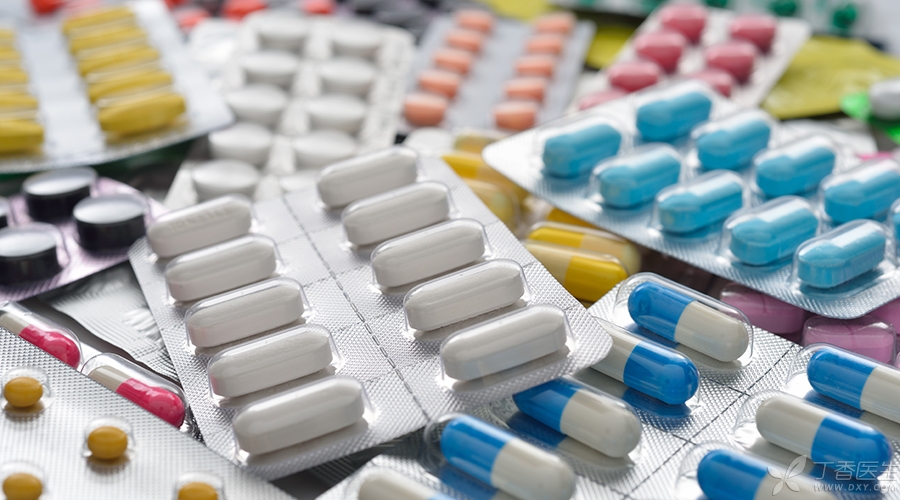
Speaking of superbacteria, parents have heard about it more or less, but for many people, they have heard about it. They always think that it is only a very serious thing for patients. Our children are lively and healthy! This [superbug] is too far away from itself to hit eight poles.
But you know what? The distance of eight poles is really not a thing for bacteria.
If you don’t pay attention to these rules of antibiotic use in your daily life, it is basically to cultivate [superbacteria] every minute.
[Abuse] Not Just [Overuse]
Many parents know that the generation of superbacteria is caused by the abuse of antibiotics.
But when it comes to what abuse, a large number of people will be stunned. Isn’t abuse overuse?
In fact, abuse does not only refer to excessive use, but also abuse if it is used less or not.
Abuse of antibiotics will not only cause drug resistance and long-term effects such as superbacteria. It will also bring some other hazards to children themselves, such as serious adverse reactions or side effects, allergic reactions, and double infection.
Can how avoid antibiotic abuse? Looking down, as long as you can avoid the misunderstanding of the use of these antibiotics, the abuse of antibiotics will be far away from you.
Eight Mistakes in Antibiotic Use
Myth 1: Use antibiotics for redness, swelling, heat and pain.
It is often seen in daily life that when children have fever, sore throat or trauma (falls, cuts, scalds), some parents will give their children some antibiotics to prevent inflammation so as to achieve the purpose of anti-inflammation.
In fact, there are quite a number of factors inducing inflammation, which can be divided into four categories: biological factors (such as bacteria, viruses and parasites), physical factors (such as heat and radiation), chemical factors and immune factors.
Obviously, only inflammation caused by bacteria can be effective with sensitive antibiotics, and this kind of situation only accounts for a small proportion of inflammation. However, if the inflammation is not caused by bacteria, antibiotics are not necessary and will not work.
Therefore, parents should not blindly use antibiotics as soon as they see the baby has [inflammation]. This not only may not achieve the effect, but also causes the abuse of antibiotics.
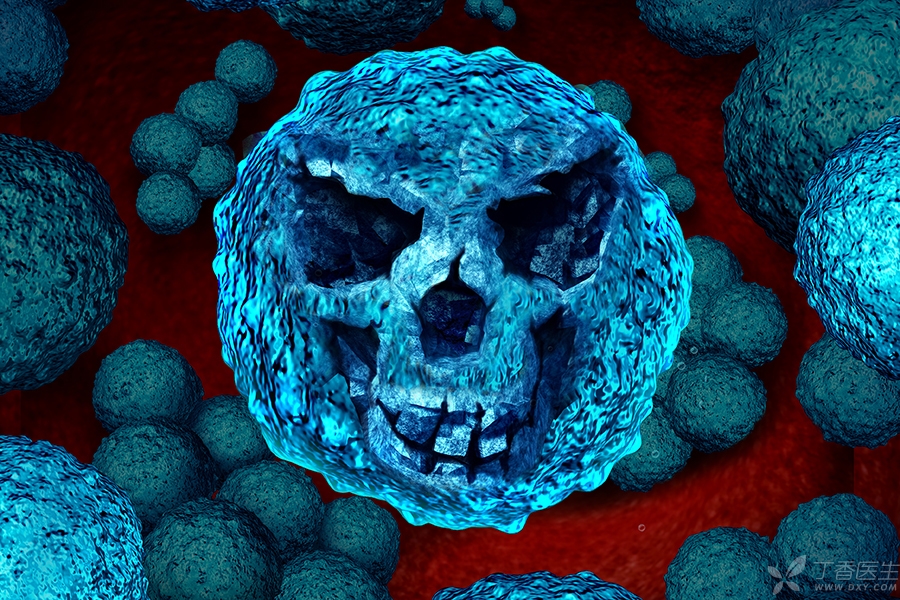
Myth 2: Antibiotics for Cold and Diarrhea
In China, it is very common to prescribe drugs for yourself. When you have colds, diarrhea and other situations, you want to give yourself some antibiotics, which is unnecessary most of the time.
The common cold is caused by a virus, and antibiotics cannot be used to resist the virus at all. Moreover, the common cold is a self-healing disease, and good care is the key. Only when there is a clear combination of bacterial infection can sensitive antibiotics be used, which is not required in conventional cases.
In addition, no what medicine can prevent colds, and so can antibiotics.
The most common cause of diarrhea is also virus infection. When the baby has diarrhea, the most important thing is to prevent and correct dehydration. In most cases, it is not necessary to use antibiotics. Misuse of antibiotics may destroy the harmony of intestinal flora and aggravate diarrhea.
Myth 3: Infusion Effect Certainly Better,
For the same drug, compared with oral preparation, intravenous infusion takes shorter time to function, but everything has two sides, and the risk brought by intravenous infusion is higher than oral infusion.
Infusion belongs to trauma treatment, and children bear various risks. The most common adverse reactions include allergic reactions, local stimulation, hemolytic reactions, water and electrolyte disorders, etc.
Whether it is oral administration, intramuscular injection or intravenous infusion, it is a way of administration, and the appropriate administration method should be selected according to the baby’s condition, instead of blindly believing that the infusion effect is better.
However, parents should be reminded that although they should not blindly believe that infusion is good, they should not blindly reject infusion. Whether the baby needs infusion should be judged by a professional doctor.
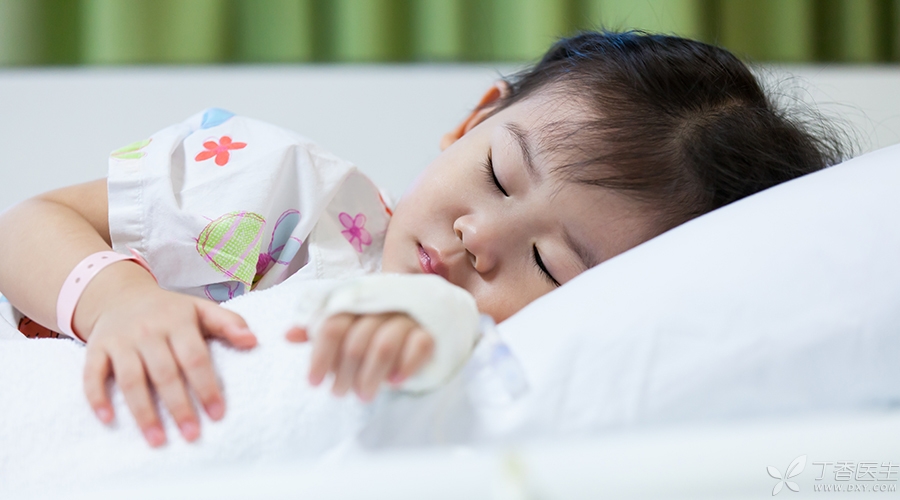
Myth 4: Take it as soon as you see it, not according to the course of treatment.
[Is the drug three points poison], is probably the most profound understanding of the drug for most people, encounter the situation of taking medicine, always all kinds of cautious entanglements, afraid of being taken by the drug [poison], slightly improved, want to stop the drug.
However, antibiotics must be taken according to the dosage and course of treatment indicated in the doctor’s advice or instructions.
When bacterial infection occurs, after taking antibiotics for a few days, the symptoms of infection will be obviously relieved, but the bacteria have not been completely removed at this time.
If the drug is stopped at will, not only will the infected bacteria not be completely eliminated, but the improved condition may also be aggravated again due to these residual bacteria. At the same time, such repetition is equivalent to increasing the adaptation time of bacteria to the drug and is easy to promote bacteria to develop drug resistance to the drug.
Myth 5: Unauthorized Dose Adjustment
Some parents who hate diseases, seeing their children sick, wish to give them a dose of medicine and get well immediately, so they do not follow the doctor’s advice or instructions and increase the dose to their children without authorization.
However, drugs have certain toxic and side effects. The dose given by the doctor’s advice or instructions is a safe dose for children. If the dose is increased at will, it is likely to exceed or even reach the toxic dose, endangering children’s health and even life.
However, some conservative mothers will worry about the toxic and side effects of antibiotics and will reduce the dosage without authorization if they do not want their babies to take too many drugs.
In order to make the drug play an effective role, it is necessary to reach a certain concentration. Unauthorized reduction of the dose weakens the effect of the drug, resulting in abruptly prolonging the time that originally required only one course of treatment, increasing the adaptation time of bacteria to the drug in disguised form, and easily leading to the generation of drug resistance.
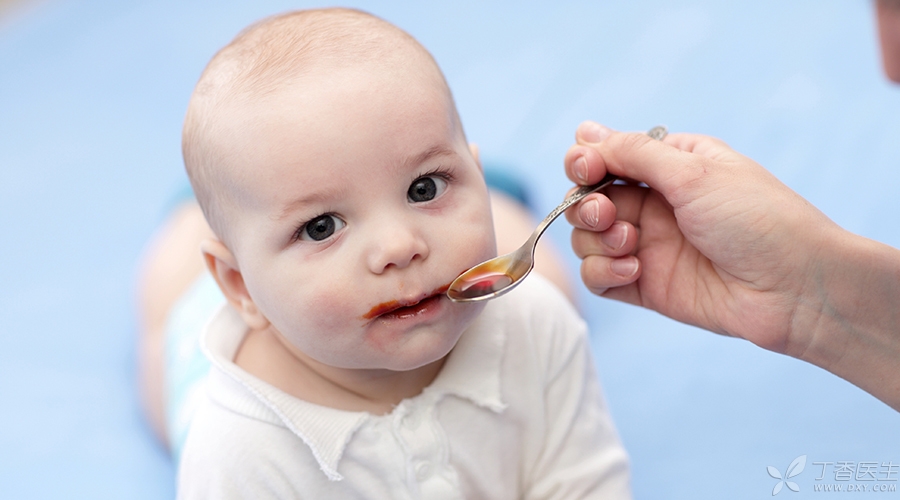
Myth 6: It is faster to use multiple antibiotics at the same time,
Some parents believe that using more antibiotics at the same time can eliminate bacteria more comprehensively and achieve better results.
However, just as grenades cannot deal with enemy planes and rifles cannot hit submarines, if antibiotics are not applied to the bacteria category it targets, it will not only fail to achieve what effect, but also may bring harm to the body, which not only increases the risk of adverse reactions, but also easily causes bacterial drug resistance.
Therefore, when antibiotics are needed, sensitive antibiotics should be used in a targeted way, and the types of antibiotics should not be increased by themselves.
Myth 7: Frequent Change of Antibiotics
The disease needs a process from latency to onset. Similarly, antibiotics also need a process from taking medicine to taking effect, and sometimes the process of taking effect may be slightly longer.
If each antibiotic does not feel effective once or twice, it will be changed to another drug, which will not only cause confusion in medication and adverse reactions, but also easily make bacteria resistant to multiple drugs.
I have seen such a parent before. After taking amoxicillin for two days, the child suffered from upper respiratory tract infection. After taking amoxicillin for two days, he felt that it did not work. After taking cephalosporins for two days, he still felt that it did not work. Finally, he heard others say that it might be mycoplasma. After taking amoxicillin for two days, he changed the cephalosporins to azithromycin.
This practice of not following the doctor’s advice and stopping dressing change at will is not treating diseases at all, but cultivating drug-resistant bacteria.
Myth 8: Medication by Experience
Some parents will be fond of the drugs that their children have used and have quick effects. When their children get sick next time, these drugs will often become the first choice for these parents, and they will try them first regardless of symptoms.
However, in fact, the typing of bacteria and viruses is complicated, and the environment in which children are exposed is also constantly changing. The last time they used the right medicine, this time it is not necessarily suitable.
Isn’t it true that one takes medicine for one’s children just by one’s own experience and uses one’s own children as mice?
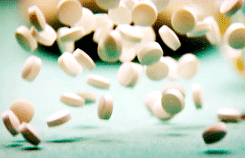
Some common sense of medication
Although Ding Ma has always stressed that when the child is ill, seeing a doctor and taking drugs according to the doctor’s advice are the most reliable choices, parents still need to be reminded of these common sense of taking drugs.
1. Antibiotics banned and used with caution by children
Aminoglycosides: such as streptomycin and gentamicin, have strong ototoxicity and nephrotoxicity, which may cause hearing loss, deafness and renal function damage.
Quinolones: such as norfloxacin, fluzinic acid, etc., have side effects on liver and kidney.
2. Dosage for children
Children are not [reduced version] adults, and medication cannot be simply and roughly calculated at half of the adult dose. The dosage given to children is usually calculated in kilograms of body weight.
3. How to judge whether it is antibiotic
The names contain cillin, cephalosporin, mycin, nidazole and floxacin, most of which are antibiotics, but there are some exceptions, which will not be explained in detail here. It is just a reminder to parents. Before giving drugs to their children, they should carefully read the drug instructions, at least when seeing these drug names, they should pay attention.
4. Antibiotics, old and new, high and low, are the best for the disease.
Some parents think that the more [advanced] antibiotics, the better, which is also a misconception. Each antibiotic has its own characteristics, and the best is the one that is suitable.
When the child is ill, parents are inevitably anxious and worried. Ding Ma has experienced and fully understands this mood, but we cannot lose heart because of it.
Please remember the above misunderstanding of medication and never regret it until there is no medicine available.
